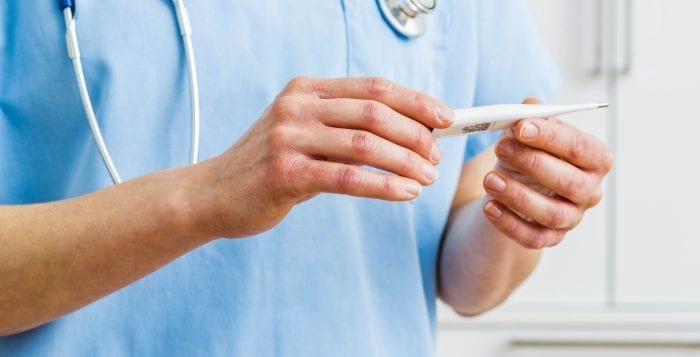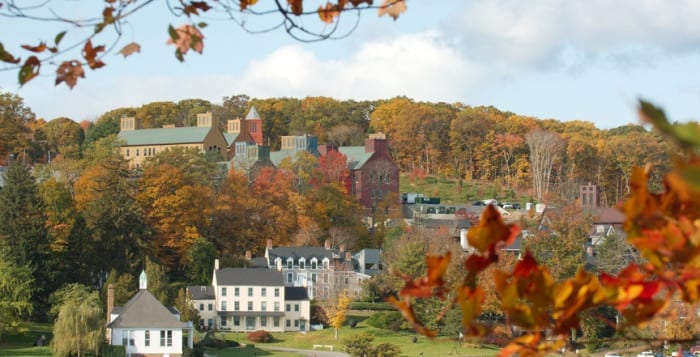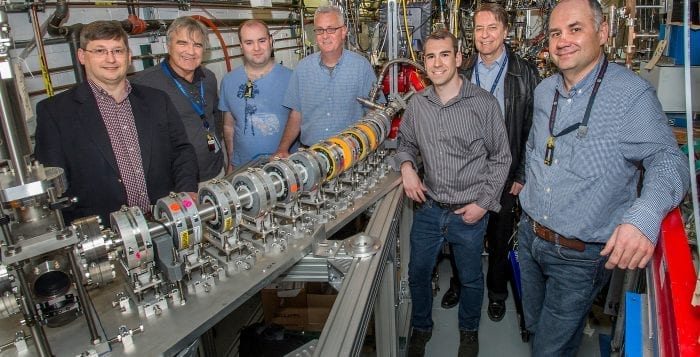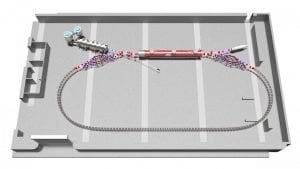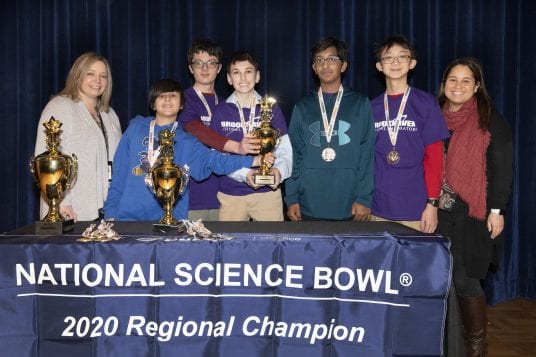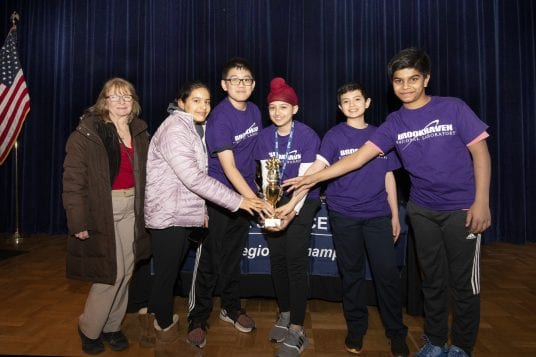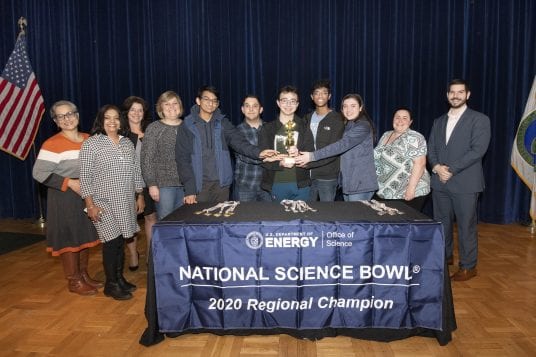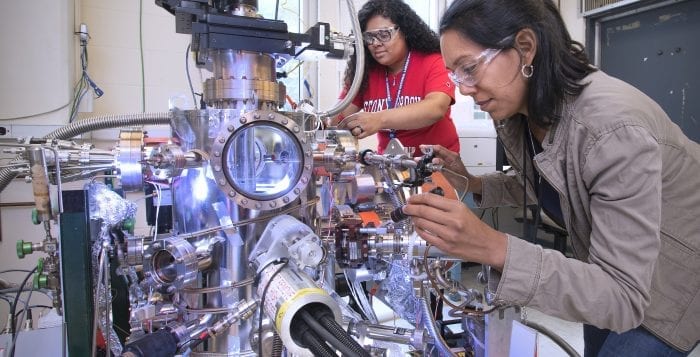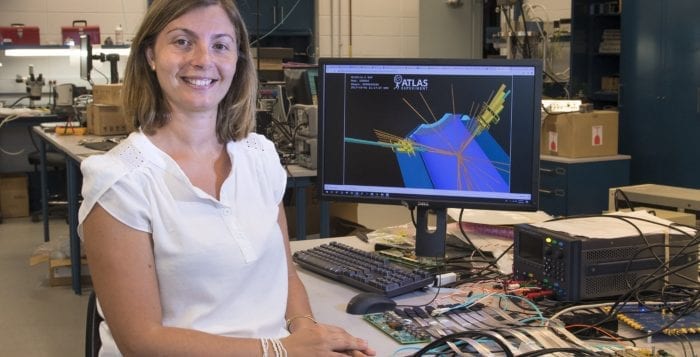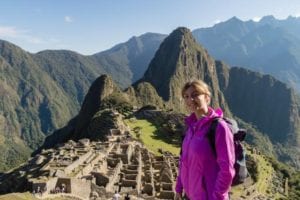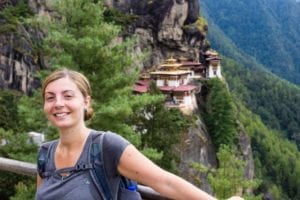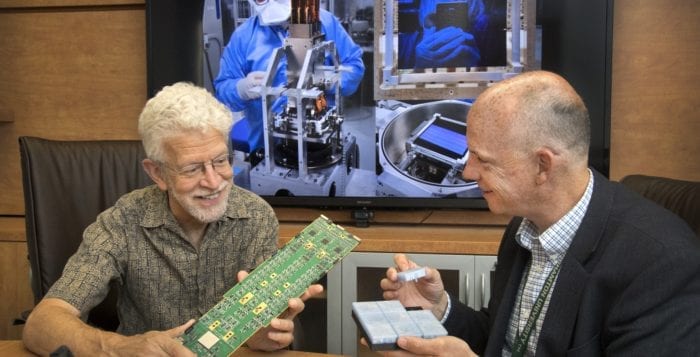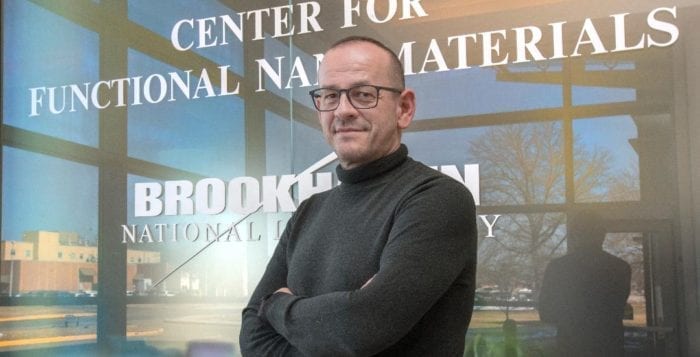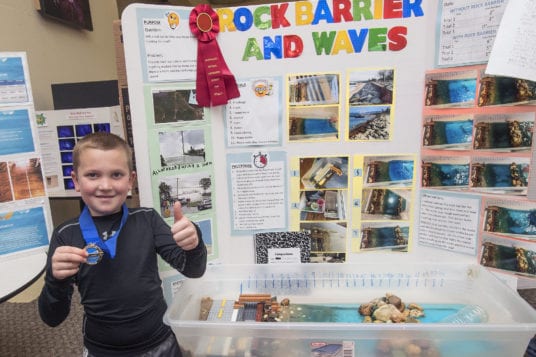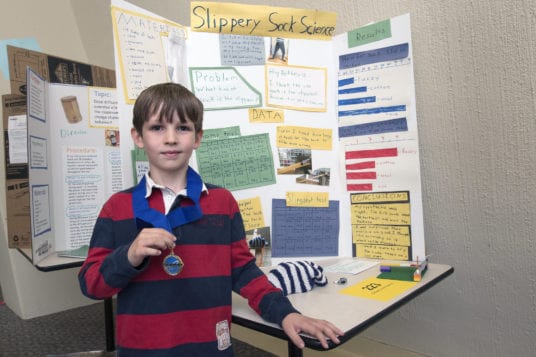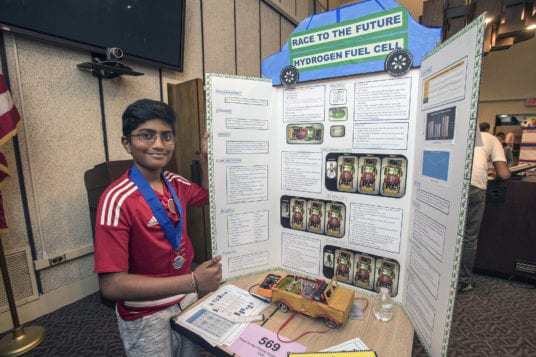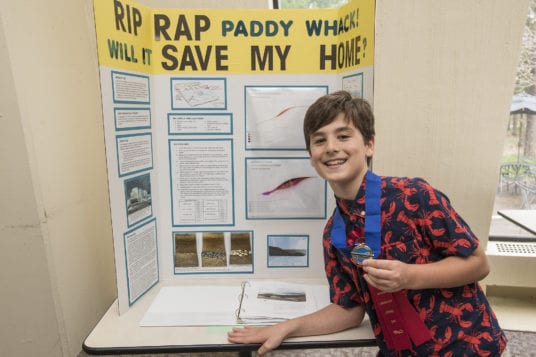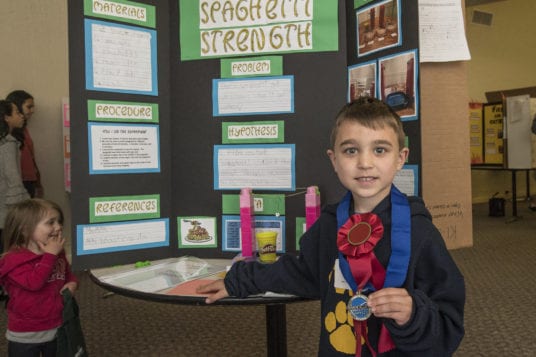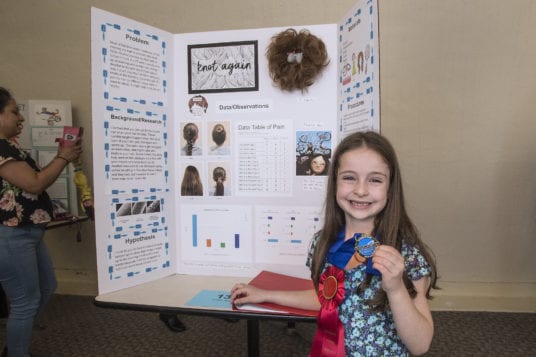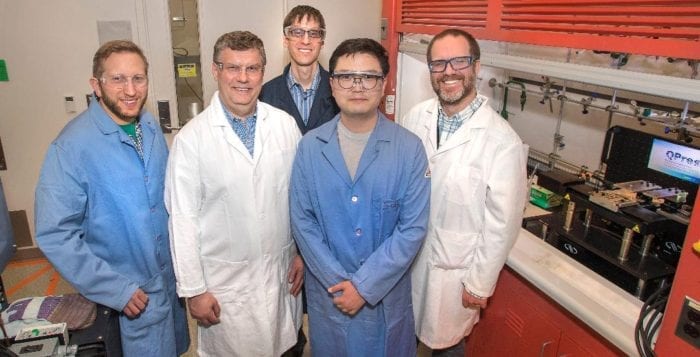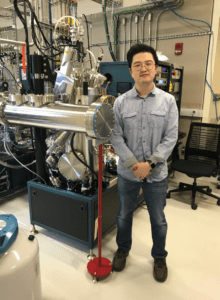*Update* This post has been amended to reflect new cases of coronavirus in Suffolk County as well as new info from town and county sources.
In the same week the World Health Organization called the coronavirus outbreak a pandemic, Suffolk County recorded its first six positive tests for COVID-19.
The first four people to have the virus contracted it through community transmission, which means that none of them traveled to countries where infections are more prevalent. The patients include a Brookhaven Town man in his 20s who is in isolation at Stony Brook University Hospital, a Southold resident who is in her 20s and is under home isolation, a man in his 80s who is in isolation at St. Catherine’s Hospital and a man in his 40s who is in isolation Stony Brook Southampton Hospital.
At the same time, eight people were under mandatory quarantine while the New York State Department of Health is monitoring 72 people under precautionary quarantine because of their travel abroad, according to officials from the Suffolk County Health Department.
Dr. Gregson Pigott, commissioner of the county Department of Health Services, said the patient is “getting better” and expected that he will “be fine.”
Pigott said several area facilities have developed the ability to test for COVID-19, including LabCorp and Northwell Health Labs, which received state and federal approval to start manual testing for the virus. Northwell is seeking U.S. Food and Drug Administration approval to use semi-automated testing within the week, which could boost the number of tests to the hundreds per day and into the thousands in the near future, the health lab said.
Pigott said Suffolk County was “on top of” the virus “for now” but that the circumstances could change, which is why several facilities have taken steps to protect various populations.
Stony Brook University told students this week that it would transition to all online classes starting on March 23, according to a letter sent out to students. The online version of the classes will continue through the end of the spring semester. Stony Brook is one of several colleges throughout the country that is taking steps to protect students through online versions of their classes. Princeton University, Stanford University, Harvard College and the University of Washington, to name a few, are also teaching classes online. Hofstra University canceled classes this week as well.
On March 10, Stony Brook’s Staller Center canceled all events for March “out of an abundance of caution” due to the coronavirus, according to a release.
Meanwhile, the New York State Education Department and the State Department of Health issued updated guidance to school and community health officials, which includes requiring schools to close for 24 hours if a student or staff member attended school prior to being confirmed as a positive COVID-19 patient. Additionally, during that period the school is expected to disinfect the building or buildings where the person had contact prior to testing positive. The departments also urged schools to work with community feeding organizations to plan for distribution of food to students who rely on the two meals served at schools each day.
The local health department will notify schools if and when they are required to close because of the virus and when they can reopen. Schools are not expected to decide about closing or canceling events on their own.
Cold Spring Harbor Laboratory has canceled all public events, including lectures and on-site visits, through April 30.
Brookhaven National Laboratory, responding to guidance from the U.S. Department of Energy, has suspended all international business travel, with an exception for mission-essential international travel. Staff returning from China, Iran, South Korea and Italy are required to self-quarantine for 14 days. Staff will also have to self-quarantine if a household member traveled to those countries. All in-person visits of people from those countries are postponed.
Meanwhile, county Sheriff Errol Toulon Jr. (D) suspended all contact visits with prisoners. Noncontact visits can still be scheduled in advance, while visiting hours will be 7:30 a.m. to 8:30 p.m. and will be limited to 30-minute sessions.
To protect the most vulnerable population, the U.S. State Department also made recommendations to senior facilities. Following those guidelines, Affinity Skilled Living in Oakdale started screening staff and visitors earlier this week, which includes taking their temperature. The facility also has restricted visiting hours.

